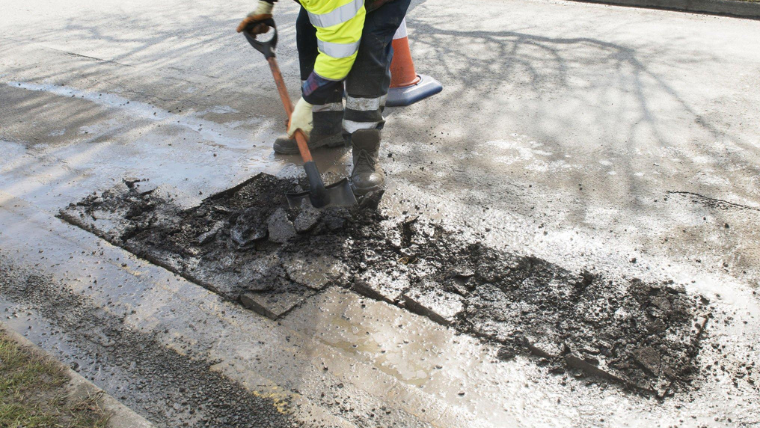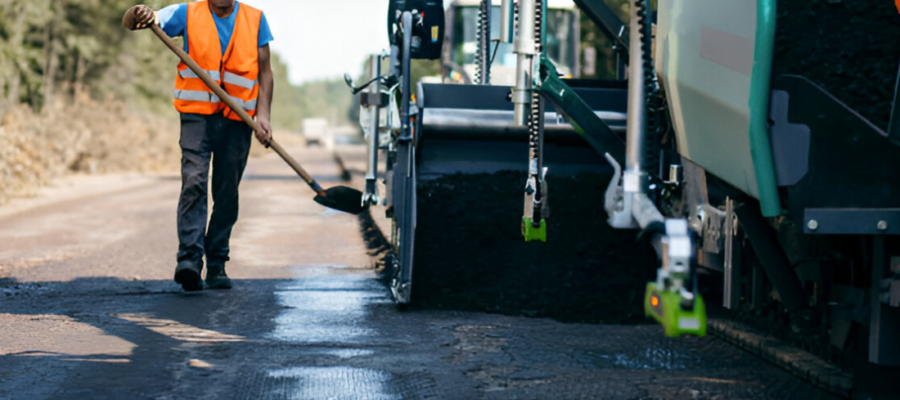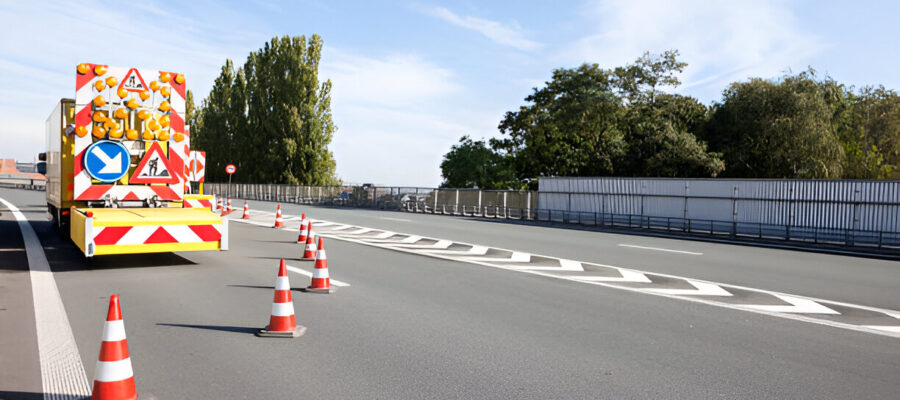
Potholes are a common nuisance on roadways, causing inconvenience, accidents, and damage to vehicles. The traditional approach to pothole repairs often involved temporary fixes that deteriorated quickly, leading to frequent re-repairs. However, the revolution in pothole repairs lies in the use of high-quality materials that offer long-lasting solutions. In this blog, we will explore the importance of utilizing superior materials in revolutionizing pothole repairs, focusing on durability, cost-effectiveness, and the overall effectiveness of repair projects.
Durability:
High-quality materials play a crucial role in enhancing the durability of pothole repairs. When inferior materials are used, repairs tend to break down quickly, necessitating frequent maintenance and causing further disruptions to traffic flow. On the other hand, using superior materials ensures a more robust and long-lasting repair solution. These materials are designed to withstand heavy traffic loads, extreme weather conditions, and regular wear and tear, significantly extending the lifespan of the repaired potholes.
Cost-effectiveness:
Investing in high-quality materials for pothole repairs can yield long-term cost savings. While initial costs may be higher compared to inferior materials, the durability and longevity of superior materials result in reduced maintenance and repair expenses over time. By minimizing the need for frequent repairs and patching, fewer resources and labor are required, leading to overall cost-effectiveness. Additionally, high-quality materials contribute to reducing road closure durations and traffic disruptions, minimizing associated costs for commuters and businesses.
Effectiveness:
The effectiveness of pothole repairs heavily relies on the quality of materials used. Inferior materials may fail to adhere properly, leading to premature deterioration and recurring potholes. On the contrary, superior materials are formulated to provide optimal adhesion, ensuring a seamless bond between the repair material and the existing pavement. This strong bond not only enhances the longevity of the repair but also minimizes the likelihood of the pothole reappearing in the same location. Moreover, high-quality materials often offer better compaction and resistance to environmental factors, further enhancing the effectiveness of the repair.
Technological Advancements:
Revolutionizing pothole repairs also involves leveraging technological advancements in material formulations. Researchers and manufacturers are continuously developing innovative materials that address specific challenges associated with pothole repairs. For instance, advanced cold mix asphalt mixes, polymer-modified materials, and self-healing technologies are emerging as effective solutions. These materials exhibit superior flexibility, crack resistance, and self-repair capabilities, thereby revolutionizing the way pothole repairs are approached.
Environmental Considerations:
Using high-quality materials for pothole repairs can also have positive environmental implications. Environmentally-friendly materials, such as cold mix asphalt with high percentages of reclaimed asphalt pavement (RAP) or warm mix asphalt, reduce the need for energy-intensive production processes and minimize carbon emissions. Additionally, longer-lasting repairs mean fewer materials are consumed, leading to reduced waste generation.
Conclusion:
The revolution in pothole repairs hinges on the utilization of high-quality materials. These materials significantly enhance the durability of repairs, reduce long-term maintenance costs, and improve the overall effectiveness of pothole repair projects. Technological advancements and environmentally-friendly formulations further contribute to the evolution of pothole repair solutions. By prioritizing the use of superior materials, we can revolutionize the way potholes are repaired, ensuring safer and smoother




